How space planning impacts the future of work
Rhetorical question: How does space impact the workplace? Well, actually, this is not a rhetorical question to us but one we ask ourselves daily as HFA designers. The design of an office space impacts how employees interact with and at their place of work. It can change the way a team collaborates or how comfortable an individual is at their desk. It can improve a company’s ability to attract and retain talent, drive sales, or foster a strong company culture. Whatever the business goals are, architecture and interior design play a key role in giving people an impressionable experience.
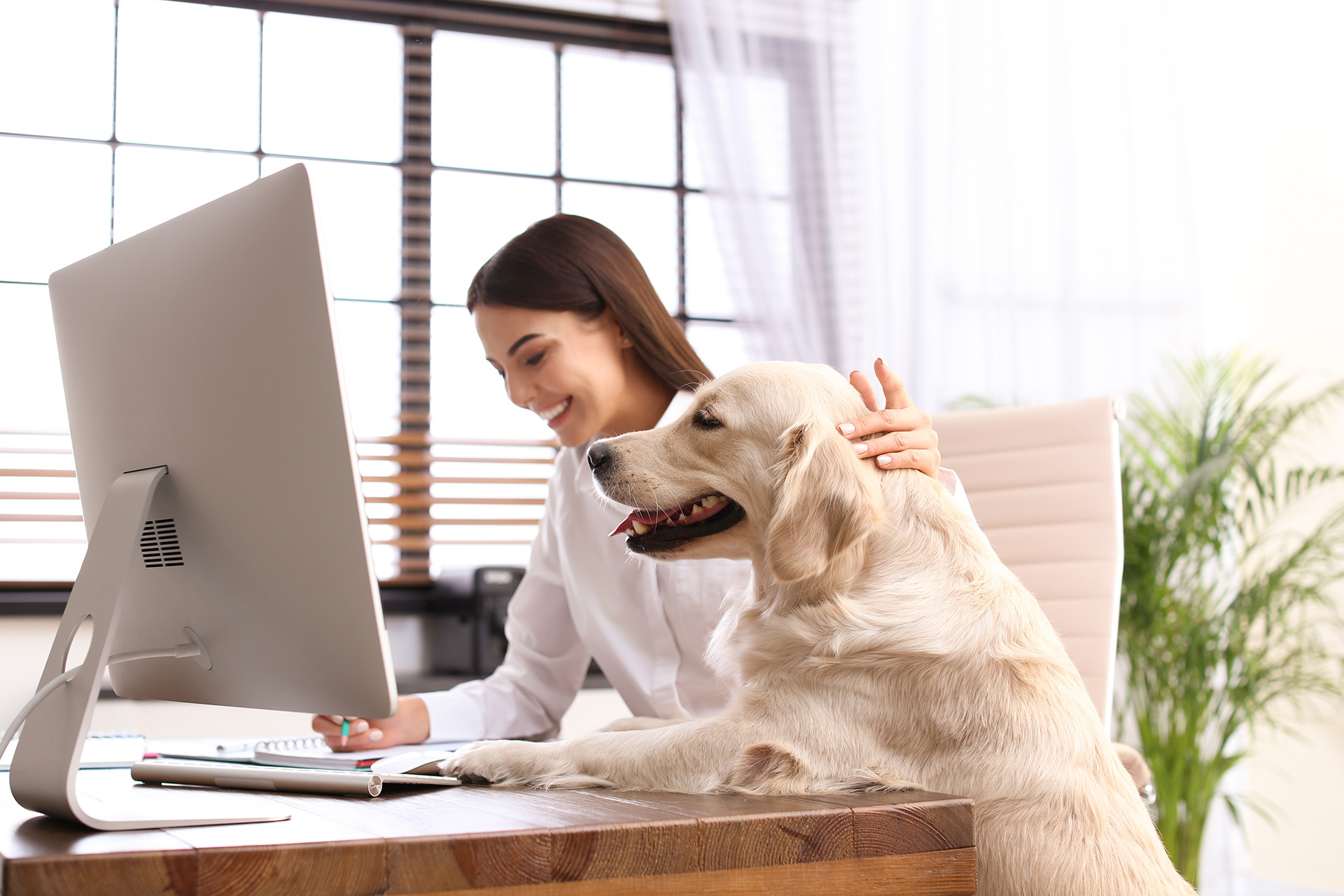
Are traditional workplaces going away?
Yes, no, and maybe... COVID has undoubtedly changed the way people work and how workplaces are utilized. Since the pandemic, more and more employees are getting used to working from home and many want the ability to continue working in a remote environment. So, remote work isn’t going away, but neither is the office environment. We see this dichotomy in working preferences not as a roadblock, but as an opportunity to reevaluate how spaces are used to increase productivity, reinvigorate employees, and reinforce company culture.
For many offices working remotely, it’s becoming more noticeable that there is an enrichment of life to an in-person work environment. While part of the workforce will continue to work remotely as the pandemic winds down, there will be people who prefer the in-person work environment. And, for the workplaces that are or are planning to shift their priorities back to in-person, it's important to keep in mind that the design and layout of workspaces are critical in a variety of ways.
Research from Gartner shows that in many instances, employees would rather see employers improve the workplace environment than improve organizational polices or perks. An eye-catching corporate HQ can give employees something they can take pride in being a part of and regardless of whether your workforce is working remotely or in-person, your office building and the workspaces throughout can elicit a sense of place and unity that can be felt company-wide.
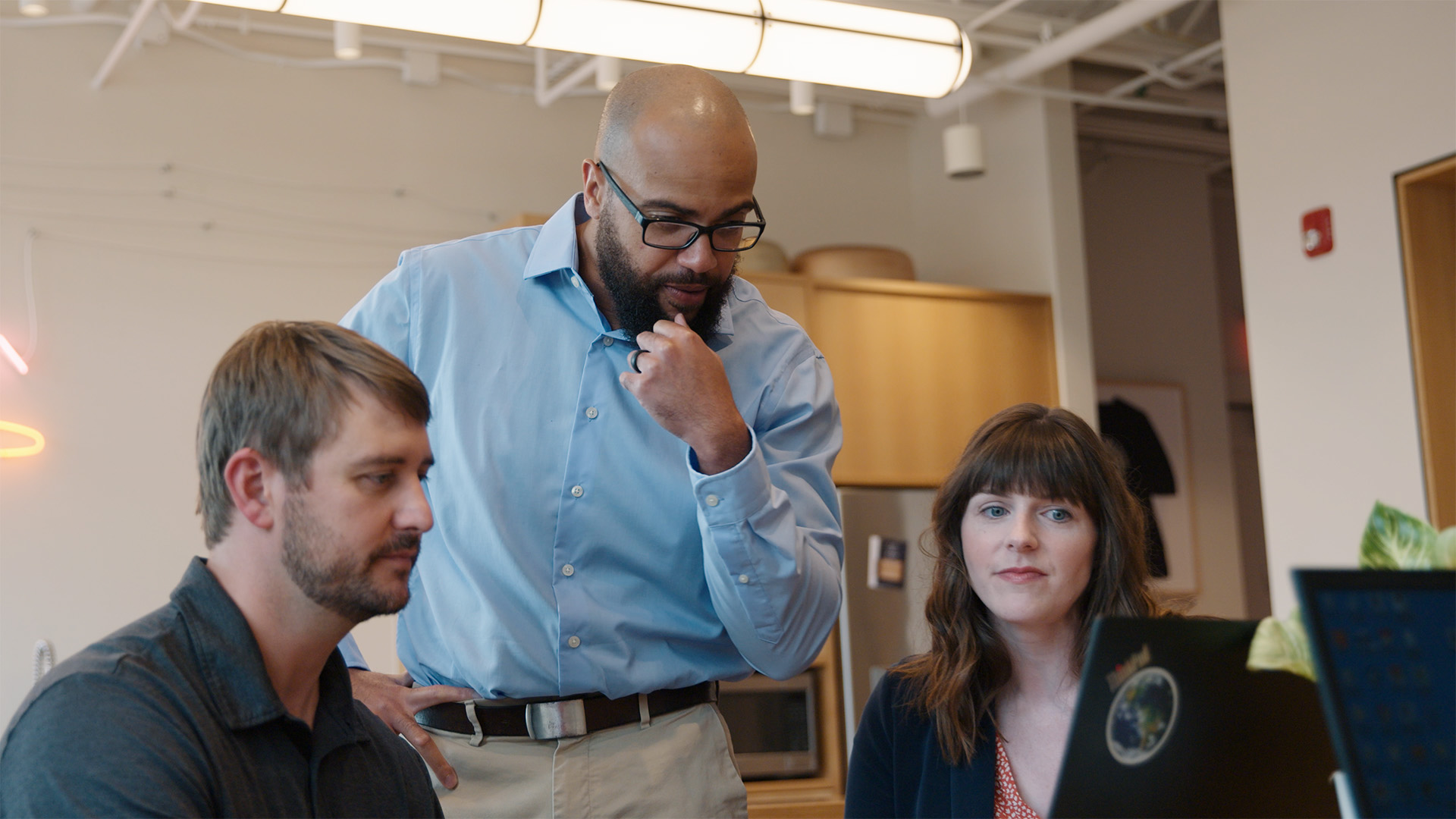
Adjusting design strategies for new workplace demands
Workplaces are always changing ecosystems, not just after a global pandemic. Think back to when open floor plans became the rage in part thanks to trendy tech companies in the early 2000s. As sneakers and plain tees became the new “business casual,” so, too, did open floor plans. But years later, especially after workers have gotten used to having their own “work from home” space, a single office or closed-off workstation provides the privacy and focus an employee may desire.
Our design team continues to explore adjusting design strategies to address the changing demands in the workplace. And we begin with ourselves. One of the best resources we have for designing going forward is our own lived experiences as members of the workforce. As design professionals, we can lean into our unique experiences and relate to what our clients and their employees are going through to help us understand the scale of the new workspace(s). In some cases, it’s bridging the gap between the home and office with flexible hoteling stations and modular, mixed-use workspaces. In others, it’s developing a variety of scaled spaces from large common areas to personal, individual spaces. In all cases, the strategies will be unique to each company which is why it’s so important to think strategically about your office space design needs.
Having a variety of spaces can create flexibility and personalization for your business that your current and future employees will appreciate for the long term.
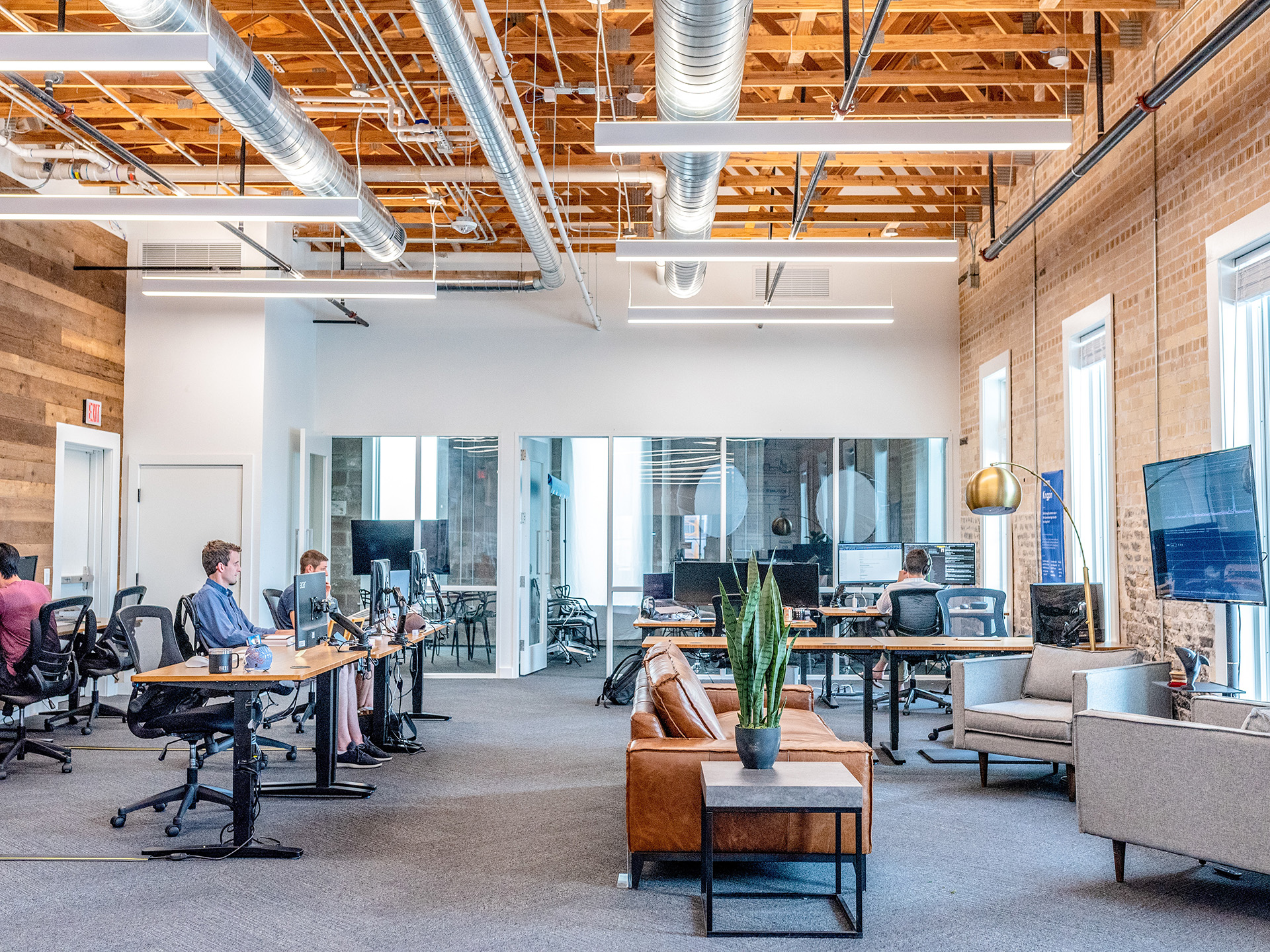
Tips for deciding what and how to change spaces:
- Learn how people use the office. Spend time assessing how and how often your spaces are used, including the spaces you don't typically work in. Ask your existing workforce what they want from their place of work. Do they need more space to collaborate? Do they want private meeting nooks? Simply asking for this kind of feedback can make your teams feel more connected to the decision process and produce surprising design ideas.
- Stay flexible. Offer spaces that accommodate the different ways in which people work best. Closed off spaces with individual desks are great for deep work and individual work, whereas larger collaboration spaces are conducive for innovation during group sessions. Modular furniture and arrangements can provide multiple iterations for how your spaces are created. As workplace trends evolve, the flexibility of modular furniture can save your business a lot of time and money.
- Think through technology needs. If your technology isn’t set up to accommodate movement, it can create major frustrations throughout the office. The technology offered must be fluid, adaptive, and easy to use, from electrical outlets to docking stations to monitor displays.
- Prioritize company culture. As stated, many workers are craving social connection and belonging at their place of work. Spaces can become a cultural hub and create a sense of comfort and safety to gather with fellow colleagues, whether to celebrate certain milestones, hear major updates, or host philanthropic events. Even the smaller spaces can lend to collegial micro-moments that build culture over time.
- Accommodate furry workers. Ok, not everyone can instill more “bring your dog to work” days, but we’d selfishly like to see more pets involved in the workplaces of the future.
Examples of changes that entice in-person working
Let’s say you surveyed your employees and discovered a consensus around poor lighting. Perhaps, you can create a better working experience simply by rearranging your office so that all workspaces are close to natural light. Or perhaps your workers are getting burned out of the open floor plan concept, so you erect modular wall dividers or create private spaces they can use to escape for a moment and recharge.
Moveable clusters of standing tables can host quick, informal huddle-ups. Large, open spaces with daylighting and outdoor views can get the creative juices flowing. Maybe there is a completely private space where employees can stretch, move, and/or meditate without the fear of being seen by colleagues.
We recognize a growing trend of working and gathering outside. Patios at the workplace are all the rage and we suspect that it's deeper than being outside; it's a biophilic connection to nature that's calming and creative. In some areas with more severe weather, it doesn't have to be a literal outdoor space but incorporates features indoors that give the illusion of being outside.
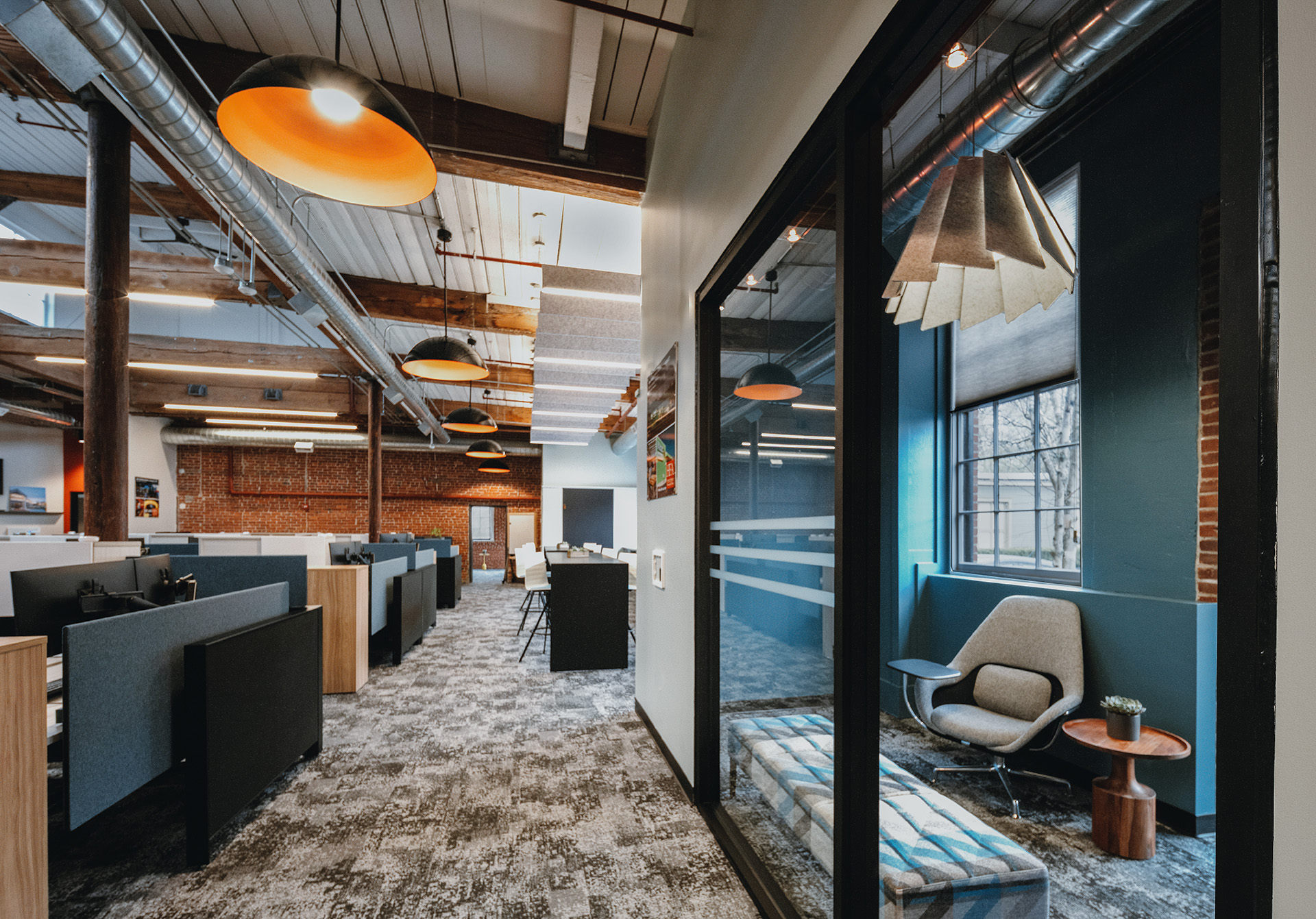
We’re practicing what we preach
At HFA, we value teamwork and collaboration. We also recognize that our people work in different ways and from different locations, which is why we strive to offer a flexible working environment. Our designers dig into one of our company's biggest challenges: creating spaces and environments that allow co-located team members, both in-person and remote, to feel engaged and connected. We do this by ensuring that every type of space is comfortable for in-person working and also has easy access to technology for virtual meetups. Whether it’s a formal meeting, a virtual charette, or a celebratory social gathering, our team members have access to spaces and resources that accommodate their needs. This is also the case for many companies we work with throughout multiple industries.
While no one has the final answer for what the ultimate, everlasting work environment looks like, our design team at HFA extensively researches the past, present, and future workplace trends. We’re excited to continue testing and experimenting with intentional workplace designs that inspire workers and drive success.
Special thanks to Alicia Wilgus and Sally Richmond for the thought leadership and expertise they provided throughout this article.
To contact HFA for guidance on your workspace design needs, contact Daryl Whitmer, Director of Client Partnerships, at (479) 273−7780 ext. 274 or daryl.whitmer@hfa-ae.com.



.jpg)
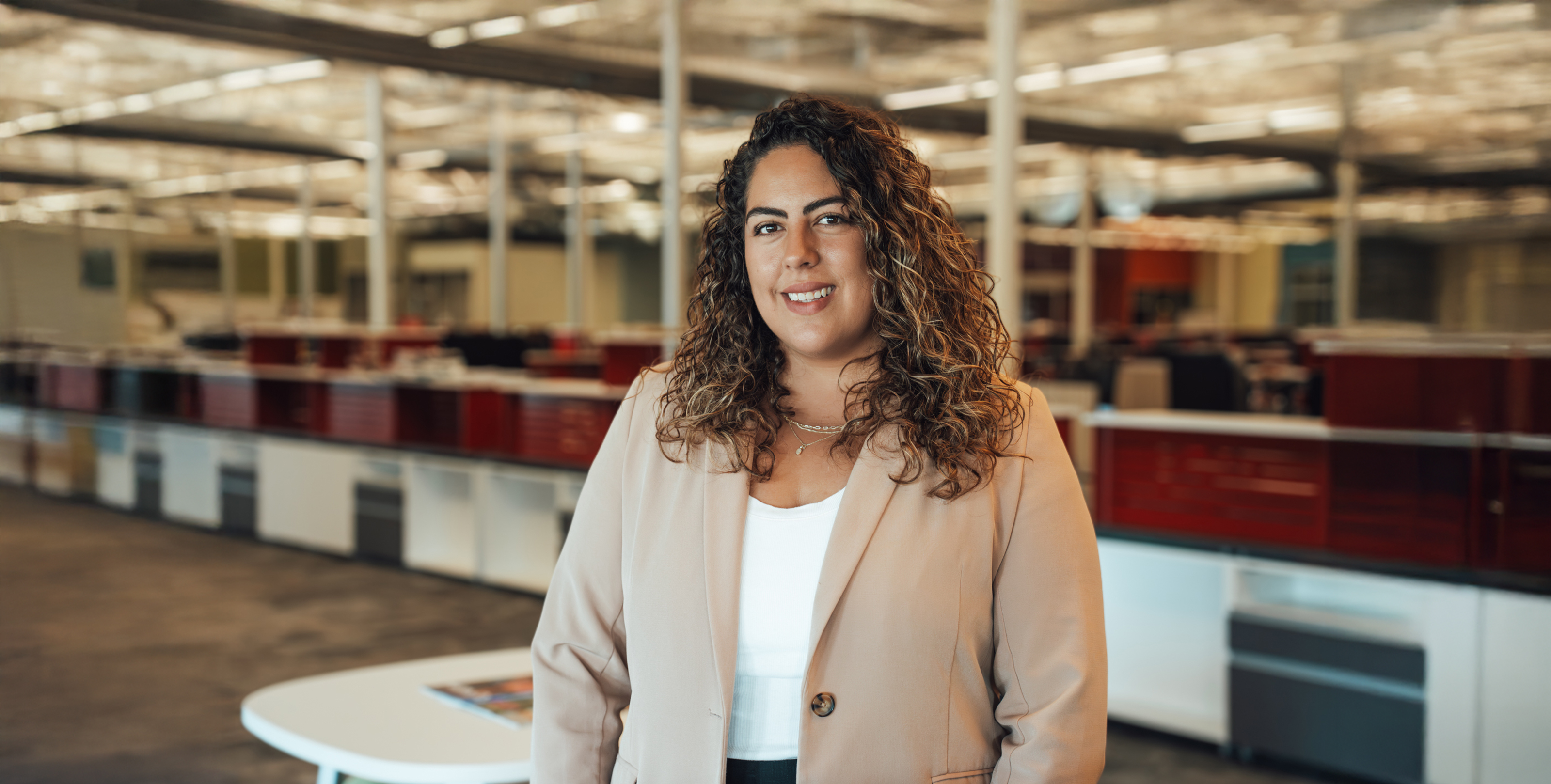
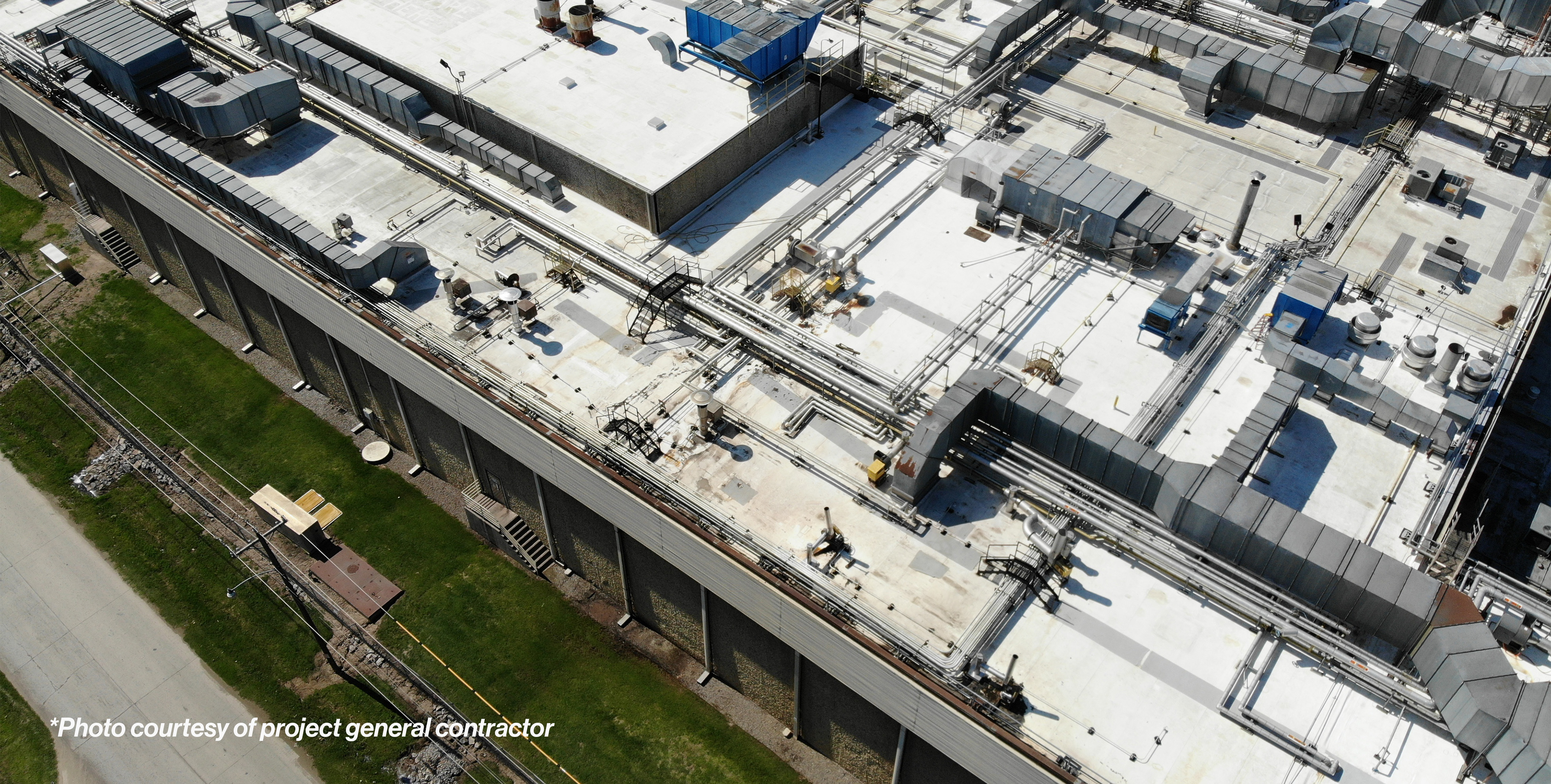

.png)
.jpg)
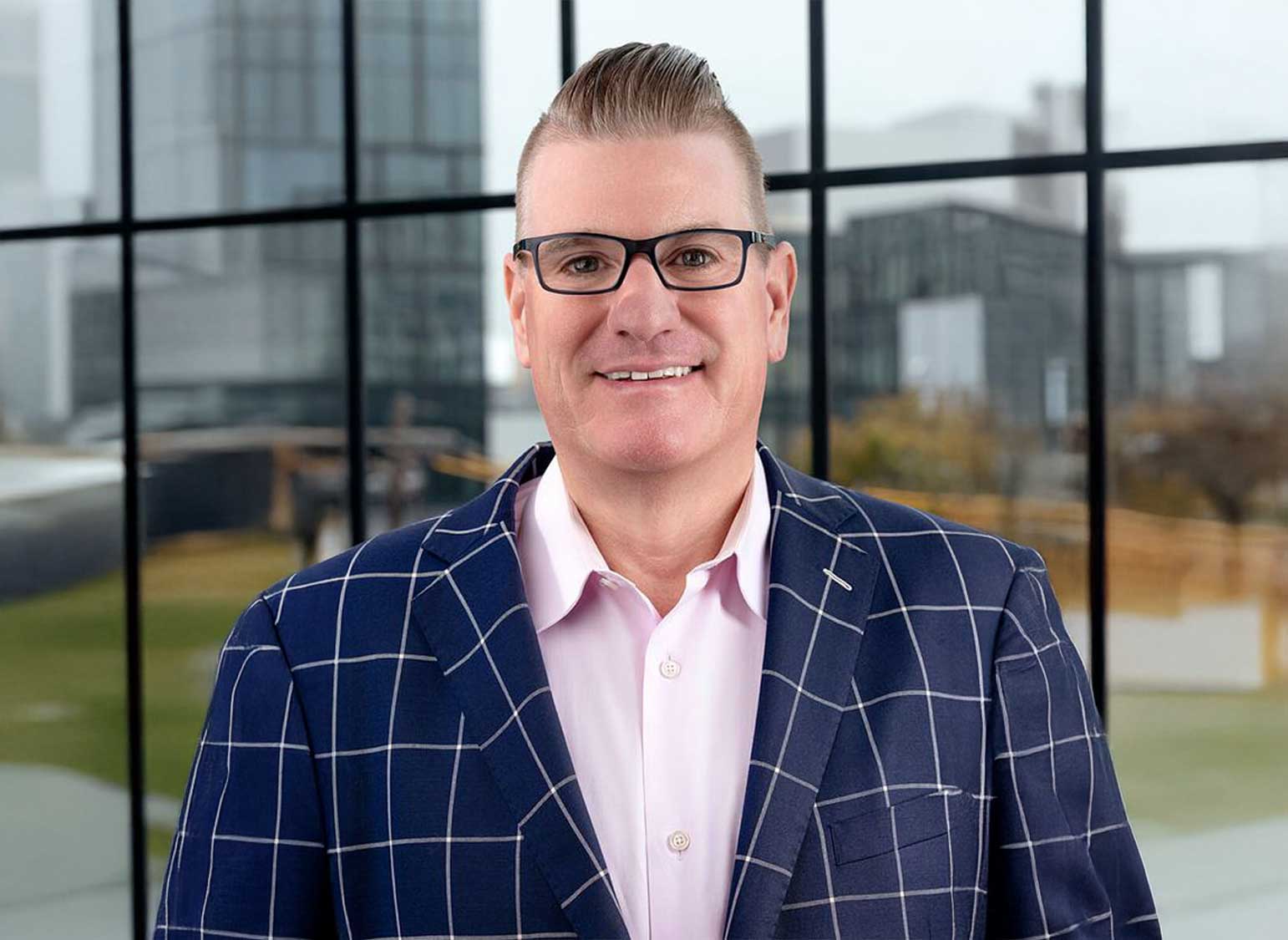
.jpg)



